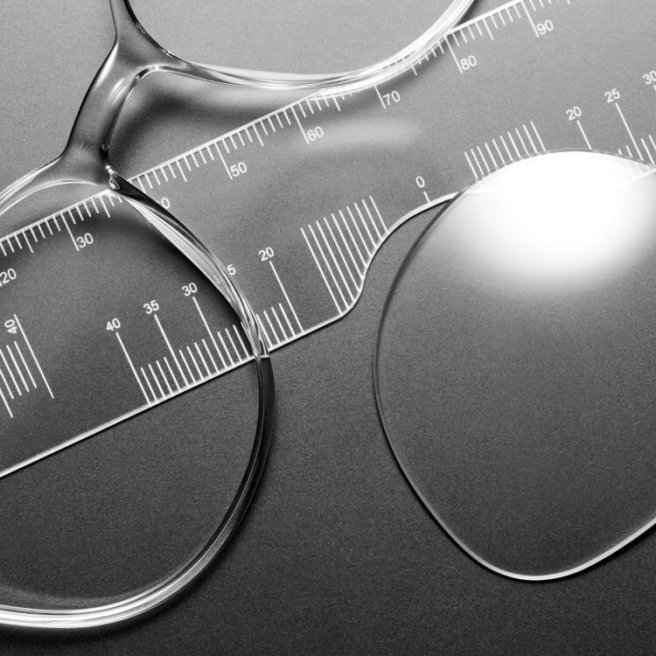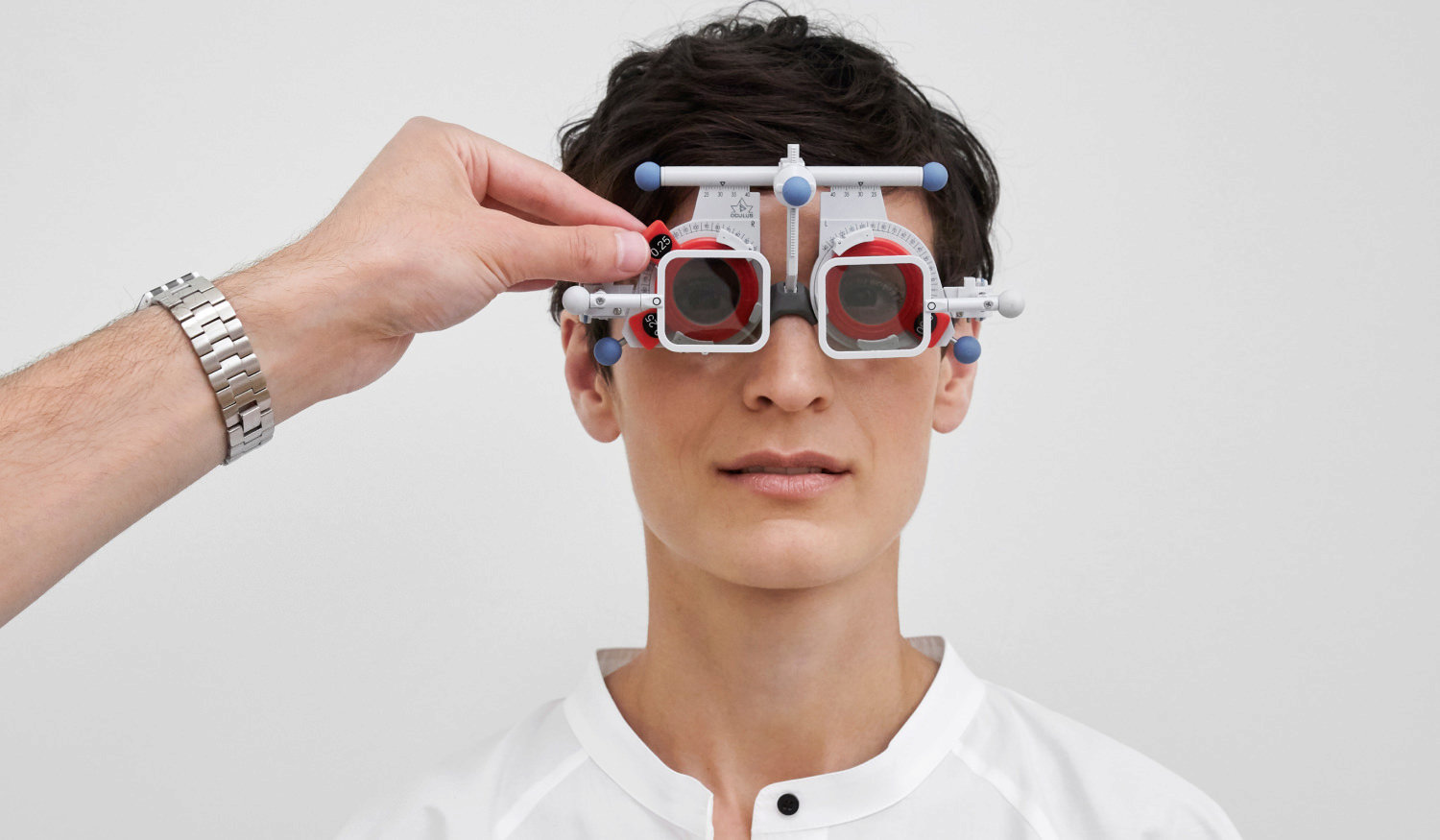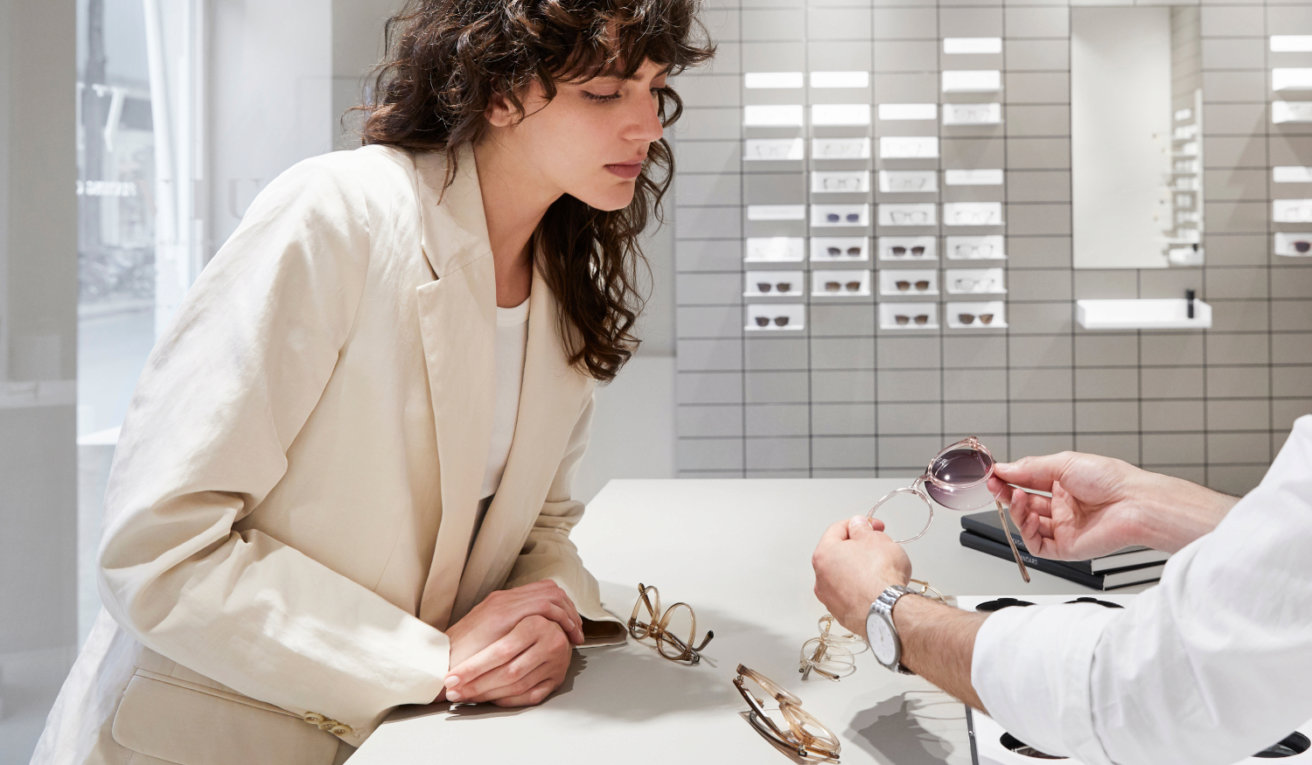
Measure your pupillary distance
How to measure your pupillary distance
Our goal at VIU is to offer the best eyewear for every character. But in order for your glasses to give you an optimal visual experience, it is important to know your current pupillary distance or to measure it correctly. Only with an accurate PD value can the prescription of your lenses be positioned precisely where it should be.
No matter whether you are looking for new varifocals or for sunglasses with prescription lenses, correct pupillary distance is essential for optimal vision.
As part of the free eye test carried out by our experienced opticians, we determine your PD and enter it in your glasses passport.
Please note: If your dioptric value is greater than +/- 4 dioptres, we recommend that you have your pupillary distance (PD) and ocular height measured in one of our VIU stores. Simply drop by or schedule an appointment online in advance.
Regardless of your prescription, you are always welcome to visit our VIU stores and have your PD measured.
What is pupillary distance?
Pupillary distance (PD) is a measurement of the distance between the pupils of your eyes. There are two types of PD values: monocular PD is the distance between the bridge of your nose and each pupil; binocular PD is the distance between your right and left pupils. Binocular PD is crucial for the proper fit of glasses (with corrective lenses) and contact lenses.
Why is pupillary distance important?
We need to know your pupillary distance in order to ensure that your lenses are properly centred and that the field of vision is correctly positioned. This is especially important for corrective eyewear with complex lenses or varifocals. Pupillary distance can change throughout life, so we recommend that you check your PD at regular intervals.
An inaccurate PD value can lead to eye strain, headaches or blurred vision.


